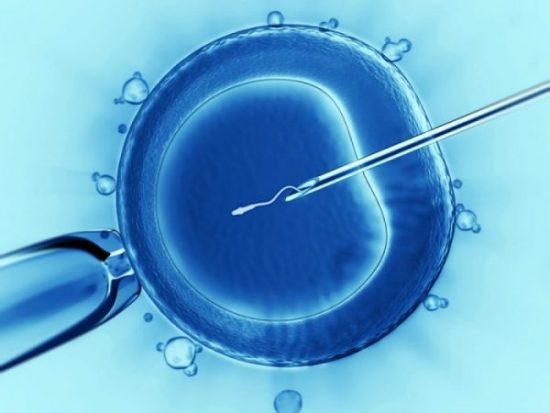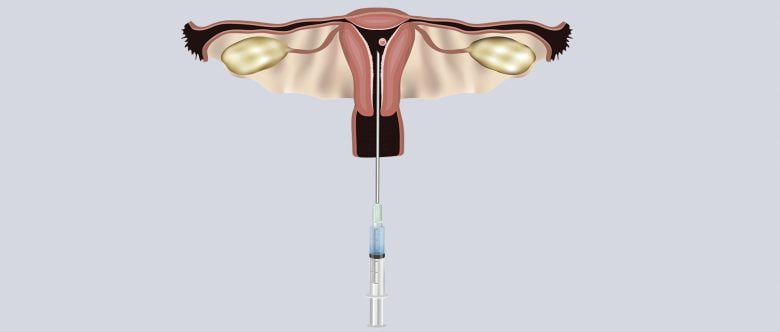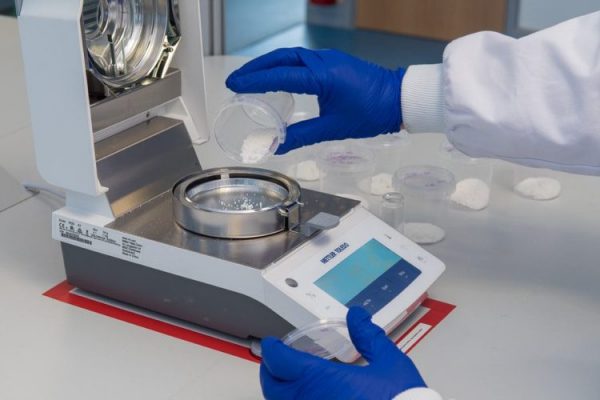ABOUT EMBRYO TRANSFER
Embryo transfer is the process whereby embryos (fertilized eggs) are transferred into the uterus to create a pregnancy. It is performed during the final stage of an IVF cycle, after eggs have been harvested and fertilized, or using frozen and then thawed embryos or donor embryos.
Eggs are harvested from the ovaries and are fertilized in a laboratory. The embryos are usually implanted between 1 and 4 days after the eggs have been retrieved and fertilized.
After the procedure is complete, patients are advised to rest for the first 24 hours after the transfer. Patients should also take it easy for the 2 weeks afterwards and once the two weeks has passed, the first pregnancy test can be taken.
TIME REQUIREMENTS
- Number of days in hospital: 1.
Overnight stay not required.
- Average length of stay abroad: 1 weeks.
The fertility specialist may first provide medication to prepare the lining of the uterus to receive the embryo.
- Number of trips abroad needed: 1.

HOW TO FIND QUALITY TREATMENT ABROAD
BEFORE EMBRYO TRANSFER ABROAD
Hormone treatment may be given ahead of embryo transfer to prepare the lining of the uterus. The lining thickens to prepare for the embryo to implant.
Ahead of the procedure, the doctor will decide on how many embryos to implant. This is based on the patient’s medical history. In general, 1 or 2 embryos are implanted, however, in some cases where previous IVF attempts have failed, 3 embryos may be implanted. When more embryos are implanted, it increases the chances of having multiple births, which carry more risks than a single birth.
HOW IS IT PERFORMED
Depending on the patient, sedation may be administered before the procedure begins. The vagina is opened using a speculum, and a catheter (a narrow tube) is passed through the cervix into the uterus using ultrasound guidance. The embryo or embryos, are delivered through the tube into the uterus. Once this is complete, the patient will be brought to a recovery room where they will need to lie and rest. After around 4 hours, the patient will then be discharged.

WHAT TO EXPECT AFTER EMBRYO TRANSFER
Post procedure care
Patients should get plenty of bed rest in the 24 hours after the procedure and should avoid strenuous activities in the 2 weeks after the procedure.
Possible discomfort
Patients may feel minor discomfort as a result of the speculum and catheter, but this should not cause any lasting pain.
IMPORTANT THINGS TO KNOW ABOUT EMBRYO TRANSFER
Success rates
The success rates for embryo transfer are very similar for both frozen (then thawed) embryos and fresh embryos. A recent report found that pregnancy was achieved, on average, in just under 30% of all IVF cycles, with live births in slightly less than 25% of all cycles. However this figure varies substantially – a woman under 35 years old who has IVF has about a 40% chance of having a baby, whereas a woman over 40 has an 11.5% chance.
Potential risks
- Multiple births














